How to Make WooCommerce SEO Friendly
The WooCommerce plugin for WordPress is a powerful force for businesses to drive e-commerce revenue.
However, without significant traffic, it becomes impossible for your online store to attain the quality and quantity of buyers needed to succeed.
It is therefore essential when you use platforms like WooCommerce to combine that with powerful SEO strategies that actually work.
In this article, we discuss how to use WooCommerce SEO to rank your products higher and drive more sales.

Why WooCommerce?
As of August 2018, Trends indicated that WooCommerce ran on 22% of e-commerce sites and millions of active installs.
WooCommerce is not the only eCommerce platform available. Other sites like Shopify and Magento come with many of the same tools as WooCommerce.
The challenge is that these products are complete software packages. You must run everything on their platform with less customization than you would on WooCommerce.
The reason you have more customization with WooCommerce is that it runs on the free WordPress platform. We could spend an entire article talking about the features of the three platforms above, but for now, the power is in the community. For now we will speak to the advantages WooCommerce has with search engine optimization.
Because so many developers use WordPress, you have more plugins to help you with all the marketing tools your website needs, including SEO plugins like Yoast SEO and All in One SEO.
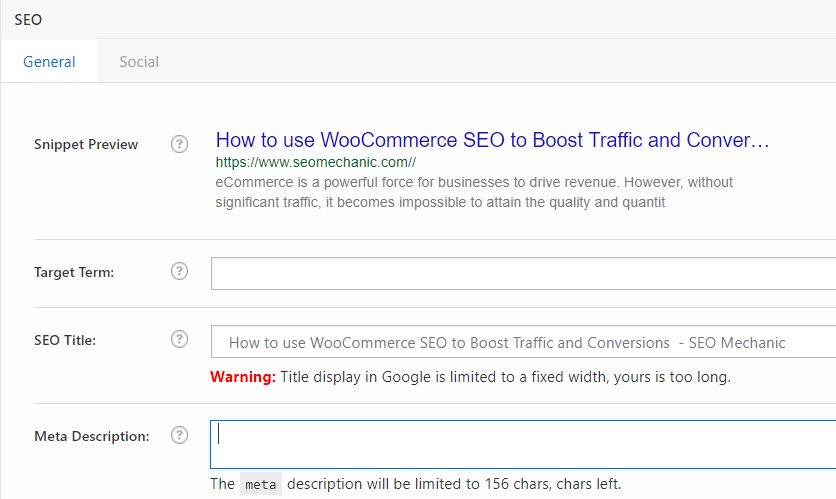
The open source WooCommerce platform is cheaper and offers more customization. That is why we want to focus on helping you improve your search traffic on this platform.
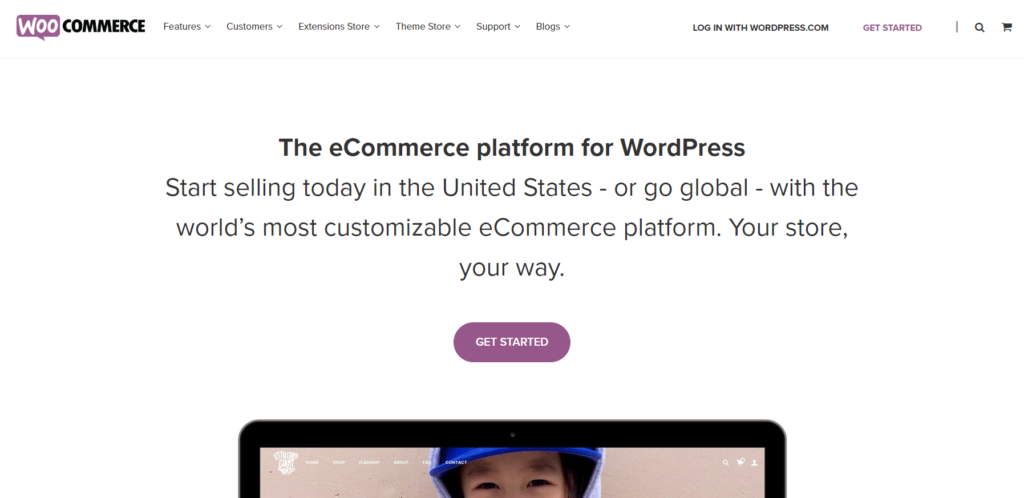
Start with Quality Keyword Research
We have spent plenty of time in the past talking about how to pick the best keywords for SEO. Therefore, instead of focusing on basic keywords, we talk about your product and category keywords.
The benefit of having an extensive product catalog is the vast array of keywords you can use to drive targeted search traffic to your website.
You can then use keyword research tools like SEMRush and Google Keyword Planner to see which product names or variations drive the most traffic.
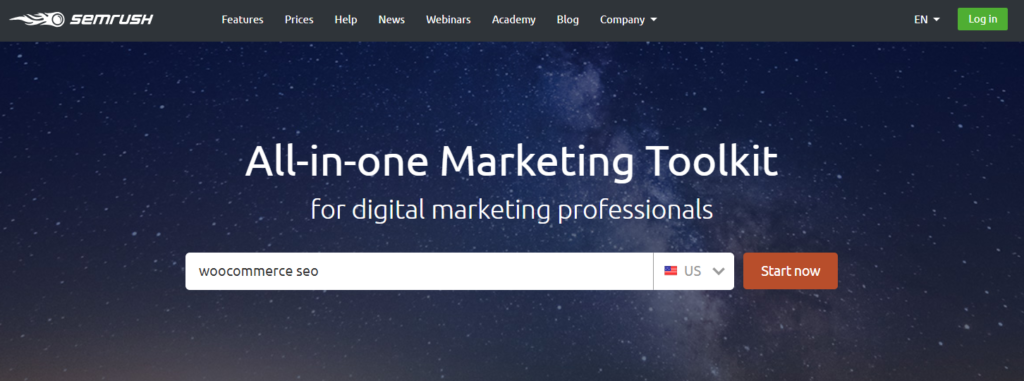
10 WooCommerce SEO Strategies
#1. Create a Product Description
Every product in your catalog should have a product description. The description is a concise piece of content for each page that is search friendly and helps consumers understand the value of your products.
It should also incorporate your keyword research you completed. Treat product content like any other website page or blog post when you add content to your site.
Note: do not use the manufacturer descriptions whenever possible. Depending on your relationship with the company, this is not always allowed. However, it can help you in the long-run to develop original content.
Otherwise, Google may ding your site for duplicate content, thus lowering your search rankings.
#2. Add Page Titles
The page title is one of the most critical components of driving on-site search traffic. It is the top of the Google snippet and describes both product and category pages.
You can use the full product name to drive prospects further in the buyer’s cycle to purchase your products. It starts with the page title.
On the other hand, you might want to cast a wider net with a category page. Maybe have a keyword term that generates more search traffic, so you can capture more prospects on your website.
For example, a bike eCommerce site might have a category page such as “Mountain Bikes” and a product page with a specific name like “Mountain Bike Extreme Racing Model.”
Use keywords on your page title, but don’t forget that a descriptive title helps both search engines and users.
#3. Set up Breadcrumbs
Over the past few years, Google made a monumental shift in how they rank websites. They went from a traditional model where they looked at backlinks to a site and keywords to a more experiential model.
Now, things like speed and ease of use matter more to the search engine. One way to help is to make it easy for users to understand the path they took to find the products they want on your eCommerce site.
The idea of breadcrumbs comes from the fictional story of Hansel and Gretel. Your website leaves a trail of breadcrumbs to help users find where they are and how to go back if they need to.
To get the most out of WooCommerce, you should not rely solely on the eCommerce plugin. Yoast SEO has one of the best breadcrumbs options for WooCommerce users.
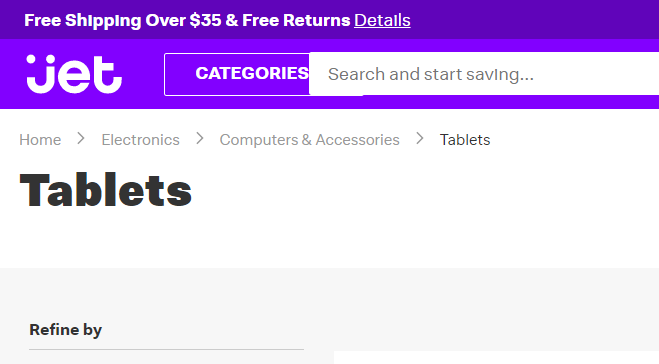
#4. Simple Site Navigation
Once you have breadcrumbs set up on your website, it is time to tackle the navigation for the entire site.
While the amount of merchandise in an eCommerce store vary greatly, the average is somewhere around 500 to 2,000 products for your typical site. Therefore, it is vital to the success of your search efforts to make the navigation as simple as possible for visitors.
Without it, confused visitors leave your site faster. That means higher bounce rates and less time on the site. These are two crucial metrics Google uses to gauge the experience of your website.
Start by making the navigation simple to use. It should access a few top-level pages. Too many links and people get overwhelmed.
Do you need to add more links to help Google crawl your site? Then add them in the footer. That way, you provide quality information to help Google find out more about your site and keep it readable for humans.
Finally, you might want to add a search bar to your store, so users can find the exact product they want on your site.
A few quality WordPress plugins that work with your WooCommerce site are Advanced Woo Search and Smart WooCommerce Search. Both plugins help you search for relevant keywords, product titles, SKU, and categories based on the products in your WooCommerce catalog.

#5. Use Descriptive URLs
On the WordPress dashboard, you can change the permalink structure of your website. Go to Setting >> Permalinks to choose the best URL option.
The one thing you don’t want to do is keep the plain or numeric structure. If you do, then WooCommerce use the product IDs for your permalinks.
For example, if your product is 24, then the permalink structure would be examplesite.com/?product=24.
Instead, use the post name or a custom structure with the /%postname%/ in the URL. Then your website structure would look like:
Examplesite.com/product-name
The second strategy above pertains to page titles. By including the post, your URL structure would automatically add the page title in the URL. Therefore, you keep the SEO structure consistent.
#6. Create a unique meta description
Too many eCommerce sites rely on manufacturer meta descriptions for their website. While it might be more comfortable when you first start to use generic descriptions, the text does not help your search traffic and conversions over the long-run.
That is because the meta description shows up right underneath the page title on Google. The two pieces of text show why you should or should not visit the website.
Therefore, it makes sense to spend some time writing sharp meta descriptions for all your product and category pages.
Note: Google just extended the size of meta descriptions from 160 to 320 characters. By doubling the size, it gives you more real estate to present your case to searchers to convince them why they should visit your website.
Use the given space to make the best argument possible. The experience Google looks for starts on the search engine. If you use poorly-worded meta descriptions, fewer users will visit your website. That means Google wants to show other sites with a higher click-through rate instead.
If you can, add a call-to-action in your meta description asking visitors to learn more, buy now, or some similar reason. Visitors need a reason to visit your website.
#7. Alt Text for Images
The images on your eCommerce site can boost search traffic as well.
Before we get to that, consider that many online shoppers come to your site with a disability. Federal law now requires all websites to follow accessibility laws. That includes labeling images with alt text, so those who are blind can hear what the picture is through the reader on their computer.
At the same time, alt text is an excellent tool for search purposes. The alt text is the text that shows up on a website when an image does not load.
It provides precise information about what the image is, so it becomes a reference to the website content. Your site can use this alt text for keywords.
Keep in mind that even though most people will never see the alt text, many rely upon quality alt text to read the images on the page. Therefore, keep humans in mind when you create alt texts for your graphics.
It is easy to add Alt text to your WordPress images. They are available in the media gallery on the dashboard: you can add any text you want to use.
#8. Avoid duplicate content
Most eCommerce sites offer products with multiple options. For example, if you sell cookies, you might want to provide a chocolate chip, white chocolate chip, and dark chocolate chip varieties.
The challenge is that while these products are virtually the same (and delicious), you cannot use the same content on each web page. Doing so denigrates the rankings for each page.
Therefore, your site needs to be on the lookout for duplicate content. If you need help separating duplicate content, contact us today for an SEO audit. We have software that identifies duplicate content and other errors on your website.
Once you identify the pages that have duplicate content, you can use a WordPress redirect plugin to merge many of these pages.
In some cases, you might need both pages. You have three choices to help Google, and by extension yourself, to drive more traffic to your site.
First, you can create canonical links. These are links that let Google know which page is the authoritative one with the best content.
It would look like: <link rel=”canonical” href=”https://thecanonicallink.com”>
Second, you can no-index one of the pages. That way, Google only indexes the authoritative page. The other page does not get search traffic in this case.
Third, you can add more original content. If you have similar options with the same product (think cookies), you can write content for each page to increase the number of pages with unique content for Google.
9. WooCommerce SEO Plugins
We have already discussed many plugins for WooCommerce like Yoast SEO and All in One SEO. Here are a few more to help you gain search traffic. Note: some plugins have premium options.
- WooCommerce SEO– increases the search value of your products
- WooCommerce SEO Addon– Adds more microdata management for the Yoast SEO plugin.
- WPML– creates a WooCommerce site with multiple languages. The plugin is great if you want to get overseas traffic.
- YOTPO– shopper reviews that help generate trust, content, and engagement. Reviews are a fantastic experiential factor for search.
- Broken Link Checker– A general WordPress plugin that helps you reduce the number of 404 errors on your site. With more products, you have more pages. Make sure they all work.
10. WooCommerce SEO Themes
Finally, you should also consider finding WooCommerce themes optimized for search traffic. While most themes have some search capabilities, here are a few of our favorites.
- WooCommerce Storefront– Start at the source. The Storefront has several child themes that WooCommerce sells directly. The sites have schema markup to ensure more traffic to your product pages.
- Divi– One of the most popular WordPress themes of all-time. The Divi theme helps you create a custom website without coding.
- H-Code– This responsive theme from Themeforest is built for speed and integrates easily with Yoast SEO.
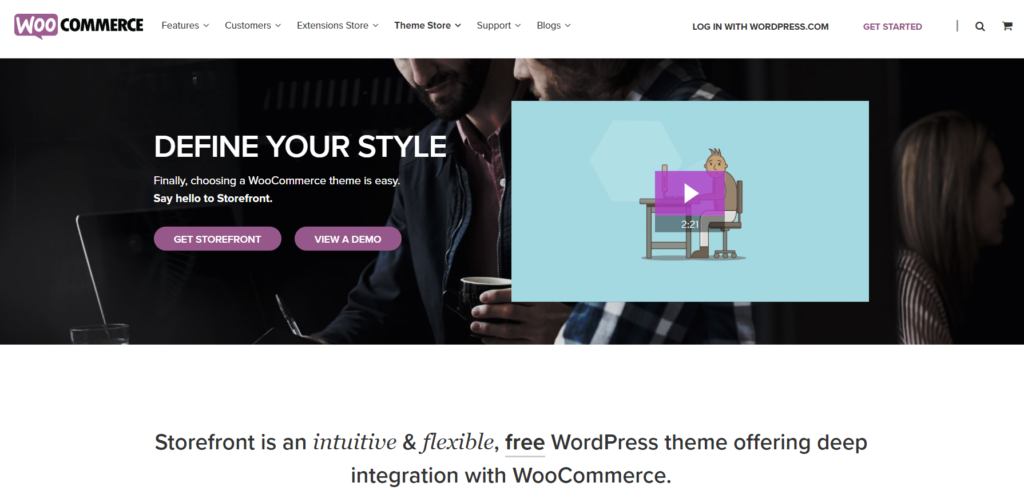
Final Thoughts
If you want to use WooCommerce to drive more search traffic, then following the steps here can help you. The key is to create an experiential website that is easy for users to find what they need.
The tools above help you do that from the first interaction on Google to the time they purchase their product on your eCommerce site. The tools available on WordPress and WooCommerce can help you do that while driving in more search traffic.
If you need help with your WooCommerce SEO, then let us know how we can help you. Contact us today for a free consultation.
19 responses to “How to Make WooCommerce SEO Friendly”
Leave a Reply
You must be logged in to post a comment.
 August 11, 2018
August 11, 2018


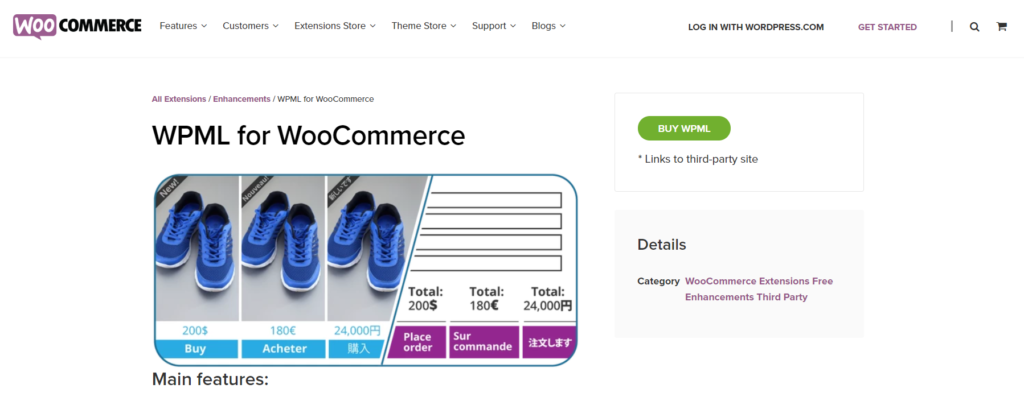
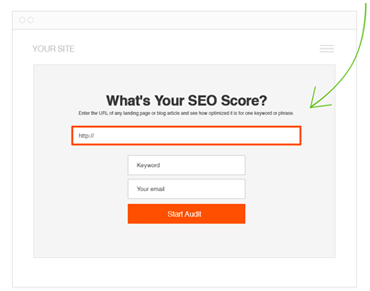
Great Article sir. Thanks for sharing. Now, I understand WooCommerce SEO Friendly.
This is amazing. Thanks for this informative post!
Very informative post keep writing.
Thanks for sharing.
Awesome post..! helpful for me
Thanks for sharing..!
It is because of the Woo Commerce – WordPress combo, that this is “hands down” my favourite online commerce platform. Perhaps it is due to familiarity, but as you have pointed out here, the SEO component for Woo Commerce is a little more straight forward, because of plugins like Yoast SEO etc…
Keep on Kicking out the articles Charlie. Thanks.
Some great tips here Charlie, keep it up!
Thanks for reading and leaving a comment Matthew!
Great post Charlie. I just saved it on moon.ly.
Anyway, I just noticed that google indexed two kind of urls for my store. Both uxstore.com/products/iphone-stencil and uxstore.com/product/iphone-stencil.
It’s hard to notice difference, but it’s just left the “s” from /products/.
When you visit the link its redirected to /product/ page.
Charlie, do you know what can cause this?
Hey Charlie,
Great article – WooCommerce SEO is one of those areas where you see a lot of companies falling short, and usually through no fault of their own.
Dev companies tend to be great at the design end of things, but it’s not uncommon to come across a Woo install that’s completely and totally unoptimized…especially in terms of duplicate content.
Nicely done!
Yeah totally agree! I have a bunch of analogies on this topic but they are too long for a comment. Thanks for reading my post on WooCommerce SEO.
great blog
Great tips for people like us not familiar with SEO. I met a website developer who advised me not to use Woo Commerce Template as it is not SEO friendly as compared to customise E-Commerce website, what is your opinion on this?
Thanks for stopping by and leaving a comment on our WooCommerce blog post! Generally speaking everything can always be done better. But for free off-the-shelf technology WooCommerce great. WooCommerce is a Ferrari with Honda reliability, especially when compared to ecommerce sites like OsCommerce and Interspire Shopping (now Bigcommerce) from the early 2000’s.
Hey Charlie, I must say that my search is almost over for the Woocommerce SEO after reading this article. Just a few things you can share some light on are:
1. Managing categories & tags’
2. If the products are similar with 90% content similarity, should they be left to be indexed.
3. Is it okay to create and index category pages or it is better to create pages and write content on them after embedding the products? What is the best possible way?
These things have been running through my mind all day. and I appreciate any comment on this. 🙂
Cheers, PS
Great questions! I might take then and post my answers in an updated blog post. How many products do you have in your woocommerce store?
Thanks for taking time to read my comment and responding to it. I really appreciate that. 🙂 I’ll try to explain the situation here which i believe is the problem for most of the eCommerce sites. I’ve 245 products in nearly 8 categories. So basically we sell Bonsai Plants Online. So these are live bonsai plants which is used for decorative purpose in home.
Example Scenario:
Now, Let’s say I’ve one category called “Carmona Bonsai” ( A type of Bonsai). And I have multiple age group like 4 years old – 10 years old. I have 4 different shapes of the bonsai which can not be included in the variation product because they are slightly different from one another in shape. I have 4 different shapes and sizes of the planters in which these bonsai trees are being grown.
Now for one type of product, I have nearly 20 distinct variations, which unfortunately can not created using variation option.
So, my questions are:
1. Should I create these products with similar product descriptions as 90% of the elements are same? It would be not for SEO but for the visitors. Therefore, I will have mark others as no-index or cannocalize them. — What is the best way to handle such situation?
2. Second idea, I had that I should mark all the products as no-index, and garnish them well with the proper product description and details. Then I should categorize them into a product category called “Carmona Bonsai Tree” and put all the products here, add significant amount of original content about Carmona Bonsai Tree on this category page and make it live. This way I would have only original content indexed for my site. Doubt: So, will my products, that are linked to this page, get any SEO juice coming from this pages?Problem in this situation: If I don’t index my products to Google, I can not run shopping ads in Google. So this is a stuck situation on How to approach this issue so that :1. My site pages can rank higher in Google for the terms I am targeting.2. My products pages can rank without producing duplicate content.
Great questions! I’m going to use them as a starter for expanding this post on Woo Commerce SEO.
Thank you. Your suggested permalink /%postname%/ for woocommerce does not work.It shows 400 Bad Request while visiting product URL.
Any suggestion?
Are you trying to make a custom product URL or just looking to have the product URL dynamically populate with the product name?